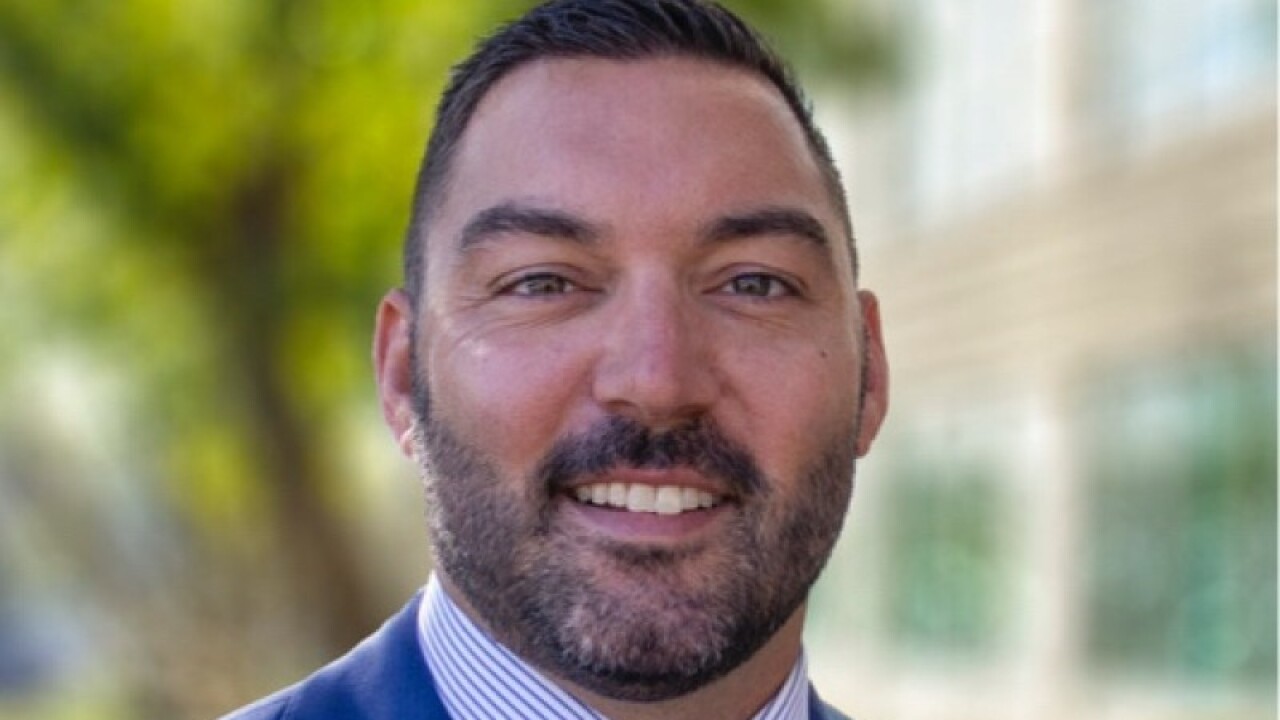Branch managers and recruiters at the wirehouses have an unexpected challenge this year: They need to convince financial advisers to change firms and take less in compensation than they would have received just a few months ago.
Thanks to the Department of Labor's fiduciary rule, recruiting packages have dropped to 250% of commissions from 300% last year. When you're talking seven-figure deals, that's a lot of lettuce left behind in the fields.

Undoubtedly, many advisers will balk at making a move in the hope that recruiting deals will revert to their pre-fiduciary rule levels. For the moment, that doesn't appear to be a likely scenario -- even with a delay in the implementation and whether the Trump Administration upends the rule.
A look at which wirehouse and regional firms have been the most successful in attracting top recruits – and how things may shape up this year.
Major firms whose profits were being squeezed had already been looking for a reason to hit the reset button on their stratospheric recruiting packages. If they want to attract top producers with lesser offerings, however, wirehouse recruiters may want to turn to behavioral economist Dan Ariely's book, Predictably Irrational, which discusses how to re-adjust a person's sense of value.
Ariely writes that consumers create “anchors” for prices. When someone buys a car, the first price they pay unconsciously becomes that person's anchor, whether or not it makes sense. In another example, if eight ounces of coffee typically costs $1, then getting consumers to pay $3 becomes a challenge. The $1 anchor is hard to change, but not impossible to adjust, writes Ariely.
Starbucks was remarkably successful in tripling the price of coffee by selling consumers something different: an upscale, internet-wired cafe experience for sophisticated customers who sip exotic blends of coffee. It's important to remember that anchors are not rational or necessarily the best guide for future decision making, according to Ariely.
Advisers at wirehouses for a long time have been accustomed to transition deals with a market value of up to 300%. Separating them from that notion won’t be easy. It's human nature to be to married to a first experience, as Ariely points out in his book.
-
That extra back-end comp "can create acute conflicts of interest," the Department of Labor says in newly provided regulatory guidance.
October 27 -
New guidance from the Department of Labor provides conditions under which firms can offer bonuses and other compensation incentives.
October 31 -
Here's why holistic planning deserves another look.
November 10
Automatically expecting the 300% deal, according to behavioral economics, is irrational. That's a number that is no longer viable under the fiduciary rule. That's why the wirehouses are scrambling to re-set the anchors for advisers – from those who are middle-of-the-road to top producers.
It takes time and repeated experiences to adjust anchors, according to Ariely. Adding new features to recruiting packages may help advisers make that shift to a different pricing structure more quickly and with greater ease.
Some wirehouses are already opting to pay a higher percentage of unvested deferred compensation to boost the front-end value of their deals. They’re also playing up the advantages of non-performance based incentives on the back end.
It will still take a lot of creativity to reshape adviser expectations, but it's possible. Who imagined consumers would wait in long lines at a coffeehouse to shell out five bucks for a cup of coffee in a paper cup? With a little ingenuity, brokerages may be able to get similar results out of offers that come with less cash.






